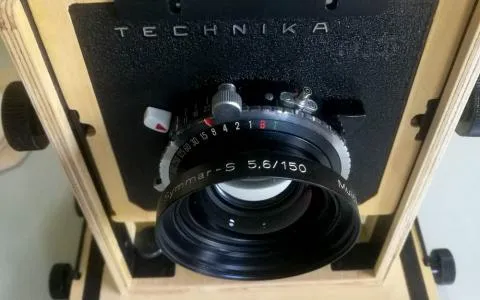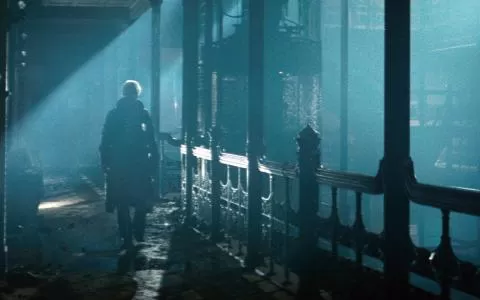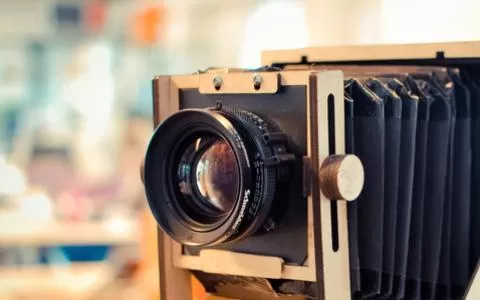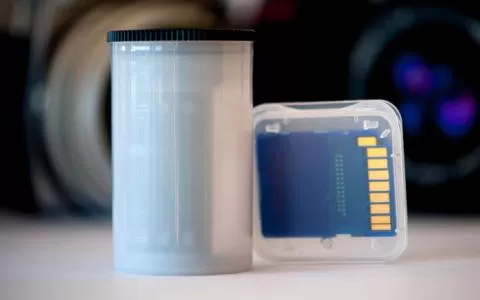I'm an old school photographer and take pride in the fact that I grew up on light meters, chemicals and red bulbs, but I have shamelessly embraced automation and digital imaging!
I still argue that my photographic upbringing with film, manual cameras and light meters formed my photography and in many ways still does, but I also try to avoid being a cultural imperialist or an “old camera curmudgeon” when it comes to knowing f-stops, ISO's and shutter speeds as well as all kinds of voodoo and witchery that I and others have done in a darkroom in the heyday.
The vast majority of today's photographers shoot without having the faintest idea of what these things are, and still manage produce some excellent images – much to the dismay of those of us who tend to think that good pictures come from “knowing” and doing things “the proper way”.
The vast majority of today's photographers shoot without having the faintest idea of what these things are, and still manage produce some excellent images – much to the dismay of those of us who tend to think that good pictures come from “knowing” and doing things “the proper way”.
Looking at the photos – the actual results – of what people shoot with everything from toy cameras over phones to high end digital cameras, I'm constantly amazed and thrilled by the number of really outstanding photos I see. Sure I'm tired of certain filters, effects and subjects not to mention fads and fashion in photography, but at the same time I love to see what people with little or even no photography background at all can do using the tools at their disposition.
I have the deepest respect for those still using film, large format, glass plates and all sorts of classic methods. I also love seeing pictures shot by people who spent lots of time setting light, using reflectors and all kinds of light modifiers, carefully selecting the right lens and setting the camera to get it all to meet.
But like others have noted before me, surprisingly few can actually see the difference between pictures shot the “right” way and the ones done the happy-go-lucky way, of which a lot just happen to come out as very good pictures.
Sure the schooled pros can control things much better and get consistent results or good results under difficult conditions, but inexperienced amateurs using “inferior” equipment produce great images time and time again.
You don't have to go through the “agony” of using tonnes of equipment and learning all the ropes of exposure and lighting.
I often use a shoe analogy. When I was a kid, getting new shoes was pure torture. They were stiff, wouldn't fit properly and they would “look new”. I knew that new shoes meant weeks of agony, calluses, blisters and band aids to relieve the pain. And the shoes would scream “new shoes”, which was not something a real boy like myself wanted. Real boys preferred well worn shoes with a certain amount of patina, even dirt, which fit like a glove and you could slip in and out of in seconds without tying or untying laces. After some time the new shoes would be broken in and feel like a part of you and look worn in the proper and cool way. Most modern shoes are not at all like that. When you try them on they feel great, and when you wear them the first days you don't expect them to cause pain, draw blood or even feel uncomfortable. And why should they, when modern design, modern materials and manufacturing processes enable shoemakers and factories to make them comfortable from the outset?
Sure the old shoes were made out of leather and by people who knew how to make shoes that lasted, and I still have leather shoes that I bought many years ago that have been worn to fit and will last me as long as I can reach down and tie the laces. Many modern shoes are made from synthetic materials. Machines made them with glue and clamps rather than shoemakers using thread and needle. The modern shoes aren't showpieces of craftsmanship, but they are efficiently made and are often cheap.
Same thing with cameras. Why should people bother with large, clunky, expensive cameras, slow and complex processes, and rely on arcane knowledge about ISO, shutter speeds and apertures, when they can touch the screen a few places, press a button and get a result that pleases most of us?
Personally I love my SLRs, the ability to control a camera in all kinds of ways, the flexibility and the large selection of lenses and accessories, and to me using all that is an important part of the whole photo experience. But just because I think so, doesn't mean that everybody and his brother has to be dragged through the same learning experience.
When I started shooting, that was the way you got good pictures. You simply had to know your way around exposure and manual control.
Not so any more.
It's not necessary to master any form of exposure or manual control to get good pictures and the daily stream of great shots on Facebook, Twitter, Flickr, Instagram and many other places proves it. I'll bet you that 90% of those great pictures were shot by people who have no idea what aperture is, and whose cameras wouldn't even allow them to control it if they knew and wanted to.
Of course I have to admit that along with all the great images, I see a much larger number of really bad images. Pure statistics say that when everybody can take pictures with their phones – and do so – they will produce a wealth of mediocre and bad pictures. But even with good gear and years of accumulated knowledge, a lot of people consistently take bad pictures.
Sure, many of the best photographers have both gear and knowledge and so does most pros. They need to be able to adjust everything minutely, set lights, control sharpness and DOF and such to produce uniform and good results every time.
The rest of the world...? Nah!
They just take pictures and should be allowed to do so with no requirements for knowledge about the craft of photography.
You don't need to be able to repair a bike to enjoy a ride on one.
You don't need to know about wine making to appreciate good glass.
You don't need to be a star cook to savor a good meal.







